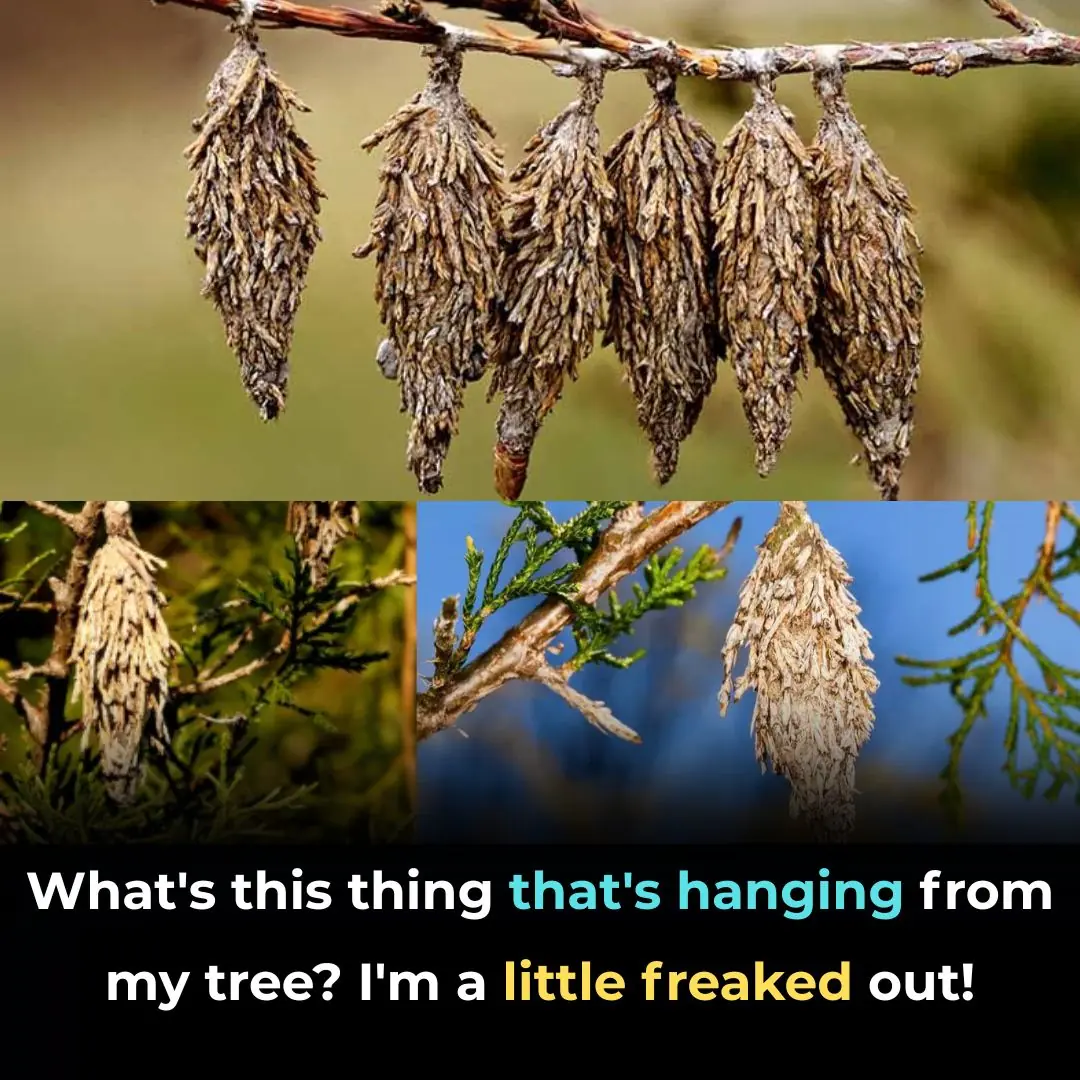
Lyrid meteor shower peaks after Easter: How to spot the most ‘shooting stars’
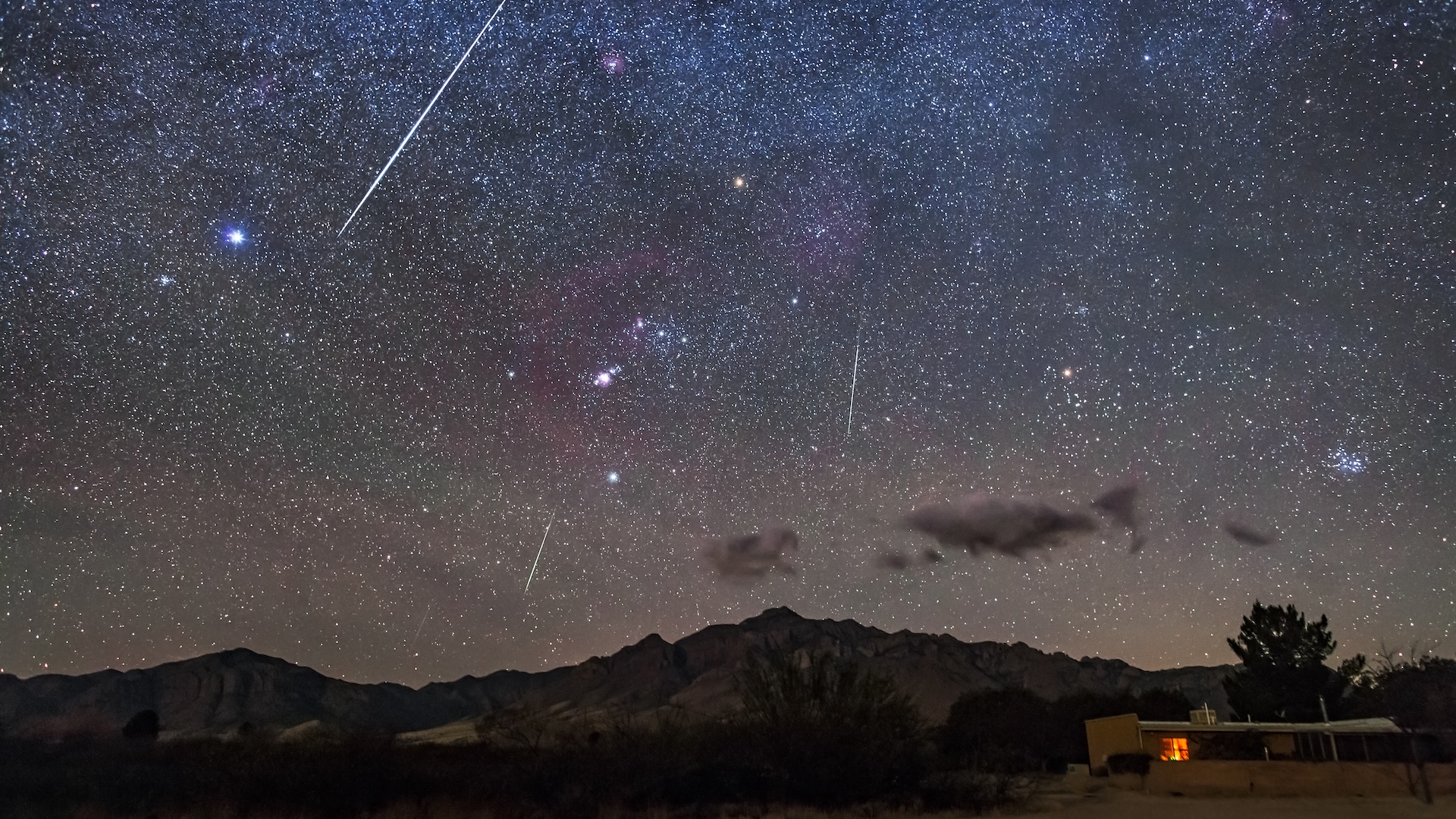
A photo capturing the spectacular display of a meteor shower illuminating a desert night sky
(Image credit: Alan Dyer/Stocktrek Images via Getty Images)
The first major meteor shower of spring in the Northern Hemisphere, known as the Lyrids, is set to reach its peak overnight from Monday, April 21 to Tuesday, April 22. This year, skywatchers have an excellent opportunity to witness the event, as the meteor shower will occur during nearly moonless skies, providing optimal darkness for a stunning celestial show.
According to the American Meteor Society, observers can expect to see around 18 to 20 “shooting stars” per hour during the height of the Lyrids. These bright streaks of light are caused by tiny bits of space debris burning up in Earth's atmosphere. While the peak timing may fall during daylight hours for some parts of North America and a thin crescent moon will rise after midnight on April 21, the best viewing window will be just after sunset—provided that the skies are clear and free of clouds.
If you’re interested in capturing these fleeting moments on camera, there are some helpful tips for photographing meteor showers. A manual camera mounted on a tripod works best; set the exposure time between 20 and 30 seconds, use a wide aperture (a low f-number), and select an ISO setting between 800 and 3200—starting around ISO 1600 is ideal. Taking continuous shots automatically increases your chances of catching a meteor streak. Remember, what you’re actually photographing is the glowing trail produced as a meteoroid rapidly burns up while entering Earth’s atmosphere.
The Lyrids originate from debris left behind by Comet Thatcher (officially designated C/1861 G1), which was discovered in 1861 during its last close approach to the inner solar system. Comet Thatcher’s orbit around the Sun takes approximately 422 Earth years, with its next predicted visit not occurring until 2283. The tiny particles shed by this comet enter Earth's atmosphere at high speeds, causing the brilliant flashes we see as meteors.
Although Lyrids can appear anywhere across the night sky, they are named after the constellation Lyra because the meteors seem to radiate from this area. This “radiant point” is near the bright star Vega, which can be found rising in the eastern sky as darkness falls.
The Lyrids are active from April 16 to April 25 and are famous for producing particularly bright “fireballs”—meteors that are larger and more luminous than average. This makes the Lyrid meteor shower one of the most spectacular and rewarding celestial events for both casual stargazers and amateur astrophotographers alike.
As the Lyrid meteor shower fades, another significant meteor shower will soon begin—the Eta Aquarids—primarily best viewed from the Southern Hemisphere. Active from April 19 to May 28, the Eta Aquarids will peak on the nights of May 4 and 5. These meteors appear to emanate from the constellation Aquarius but are actually remnants of Halley’s Comet, one of the most famous comets visible from Earth. During the peak, the Eta Aquarids can produce about 60 meteors per hour in the Southern Hemisphere, while observers in the Northern Hemisphere can typically expect to see around 30 meteors per hour.
Both meteor showers offer incredible opportunities to connect with the wonders of the night sky. To maximize your viewing experience, find a dark location away from city lights, give your eyes time to adjust to the darkness, and dress warmly for the night. Clear skies and patience will reward you with dazzling “shooting stars” streaking across the heavens—reminders of the vastness and beauty of our solar system.
News in the same category

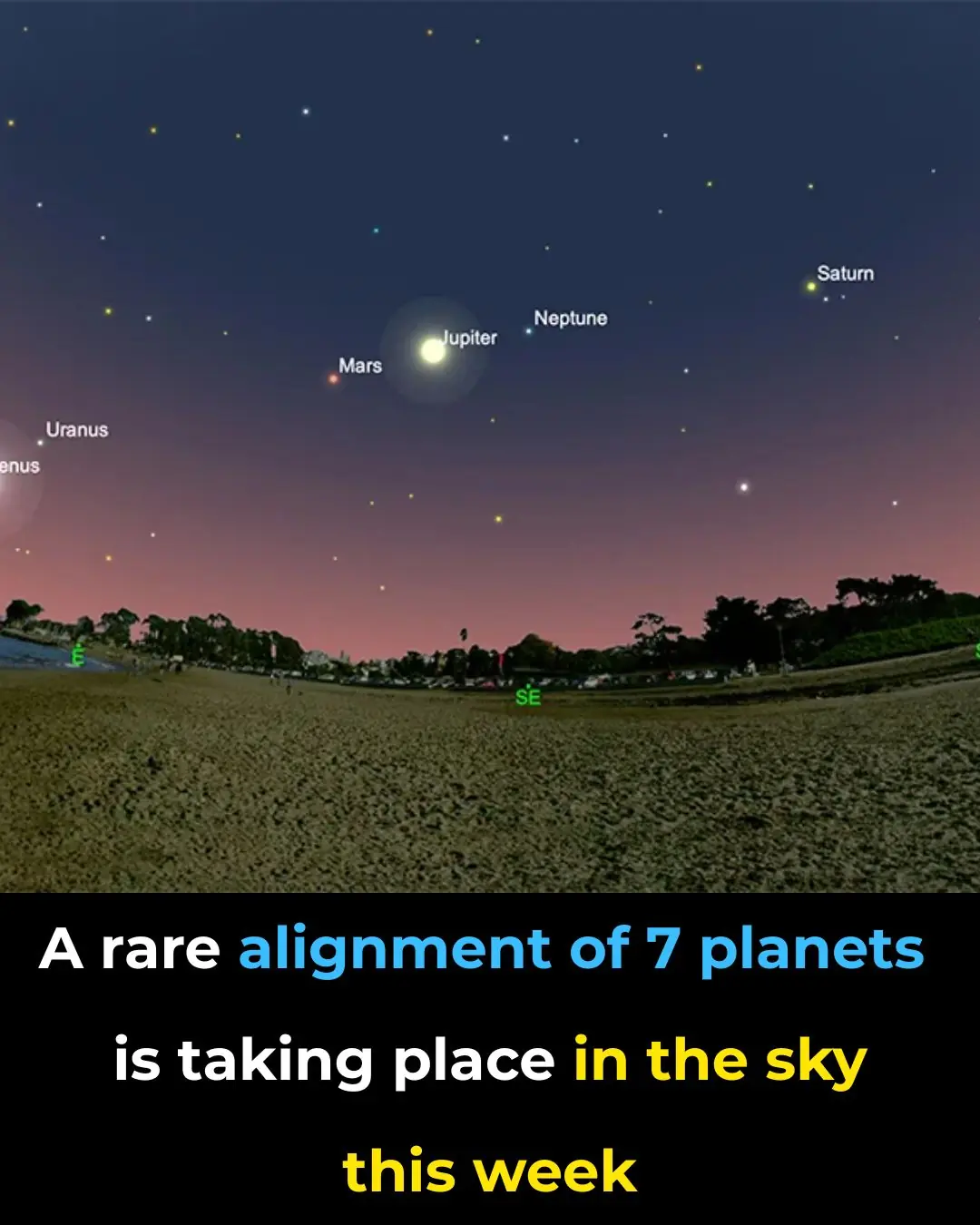
A Rare Alignment of 7 Planets Is Taking Place in The Sky This Week

The World’s Oldest Bridge Is Still In Use, and You Can See It In Greece

Austria: 33 Interesting Facts You Might Not Know

15 Interesting Travel Facts You May Not Know About Italy

You Won’t Believe Why Jeans Have That Tiny Pocket – Here’s Why

Trump Sparks Outrage With Wild Claim That Nearly All Americans Died of Overdoses

Teen dies trapped inside burning Tesla Cybertruck after doors allegedly malfunctioned

Schamroth Window Test May Reveal if You Have Finger Clubbing

Farmer Plants 1,000 Oak Trees to Create Memorial for Late Wife

What Does a Thumb Ring Really Mean

Netflix loses eye-watering amount of money following Elon Musk’s call to cancel 'woke' streaming service

Nintendo sues Reddit mod for $4,500,000 in shocking lawsuit

Creators of ChatGPT reveal 44 jobs at highest risk of being taken over by AI in future

What Are These Tiny Balls in My Bed

Apple just added a new app to iPhone with iOS 26 and most people have no idea
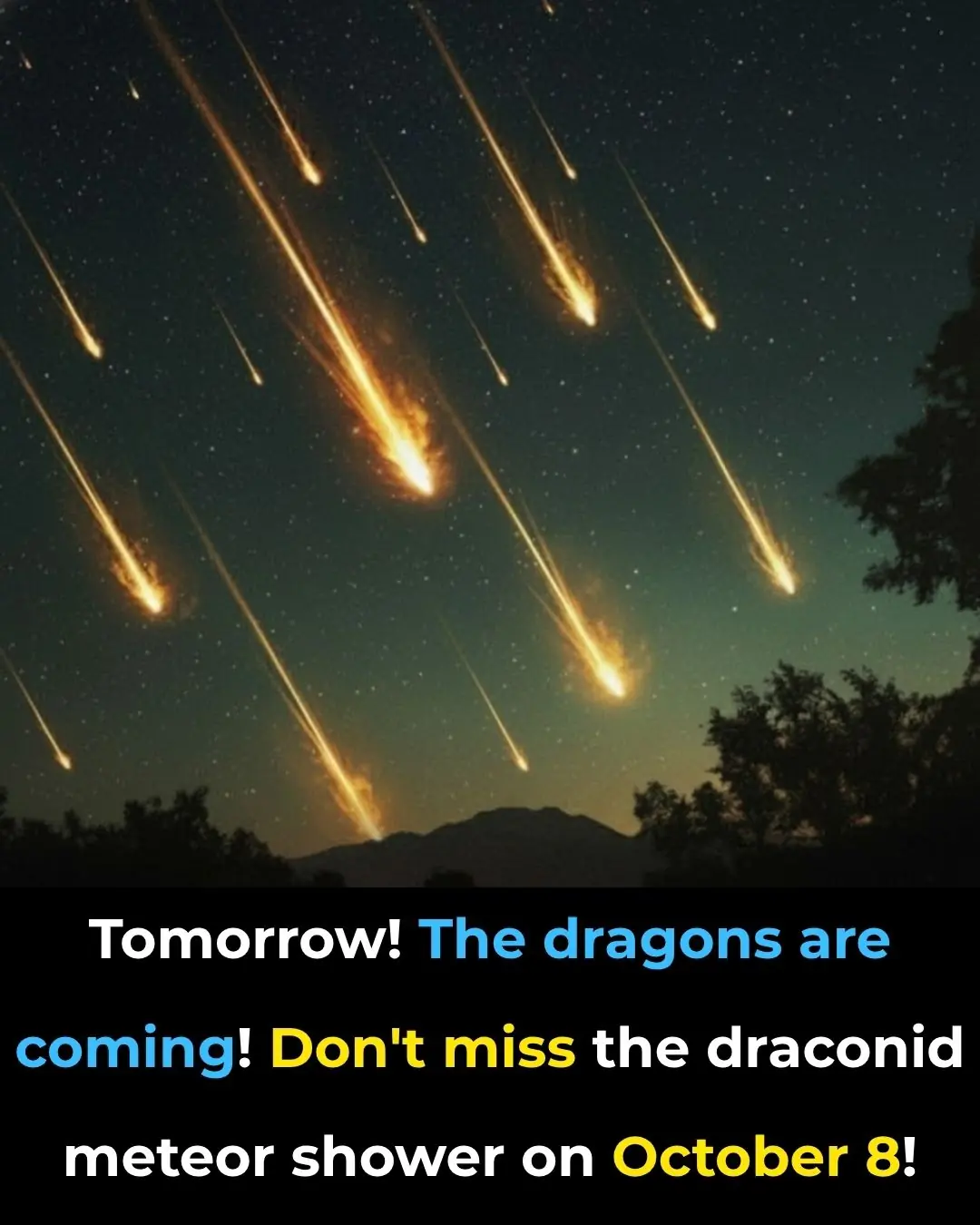
BREAKING NEWS 🚨 Due To This Draconid Meteor Shower Earth Will Be Badly Effected Because…..See More

A High-Speed Pulsar Has Cracked the Milky Way’s Magnetic “Bone” — Racing Through Space at 2 Million MPH

Nose Picking What This Taboo Habit Really Reveals About Us
News Post

Banana Blossom: Health Benefits, Recipes, and Traditional Uses

The Stealthy Threat of the Evergreen Bagworm
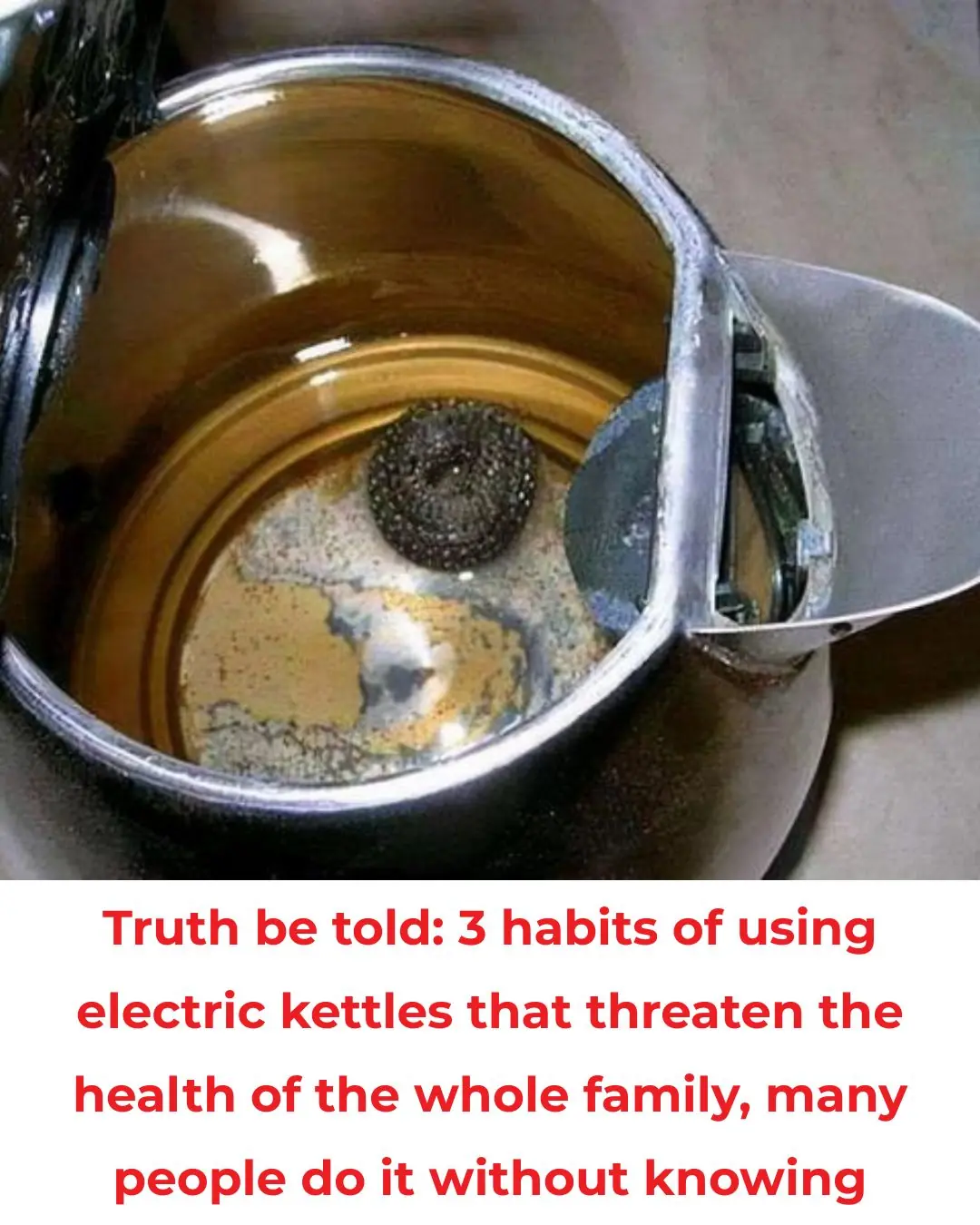
Truth be told: 3 habits of using electric kettles that threaten the health of the whole family, many people do it without knowing

Drinking coffee adds one more thing: No worries about discolored teeth or bad breath

Pig skin that many people throw away unexpectedly has such wonderful uses

American doctor shows how to remove pesticides and dirt from fruits, just a few steps to reduce illness for the family

5 mistakes when drinking coffee that are harmful to your health: Especially the second type, quit immediately before it's too late
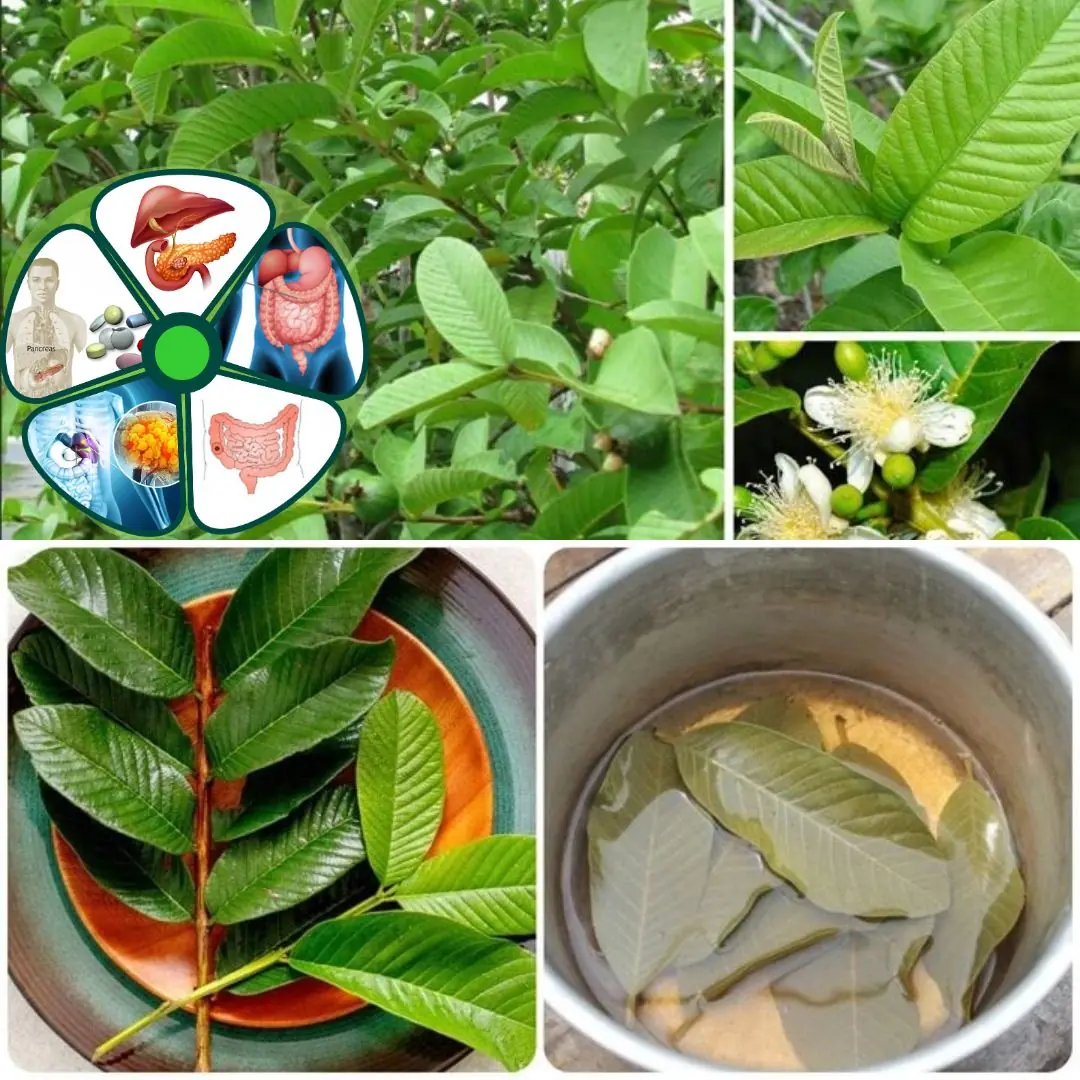
25 Incredible Benefits of Guava Leaves
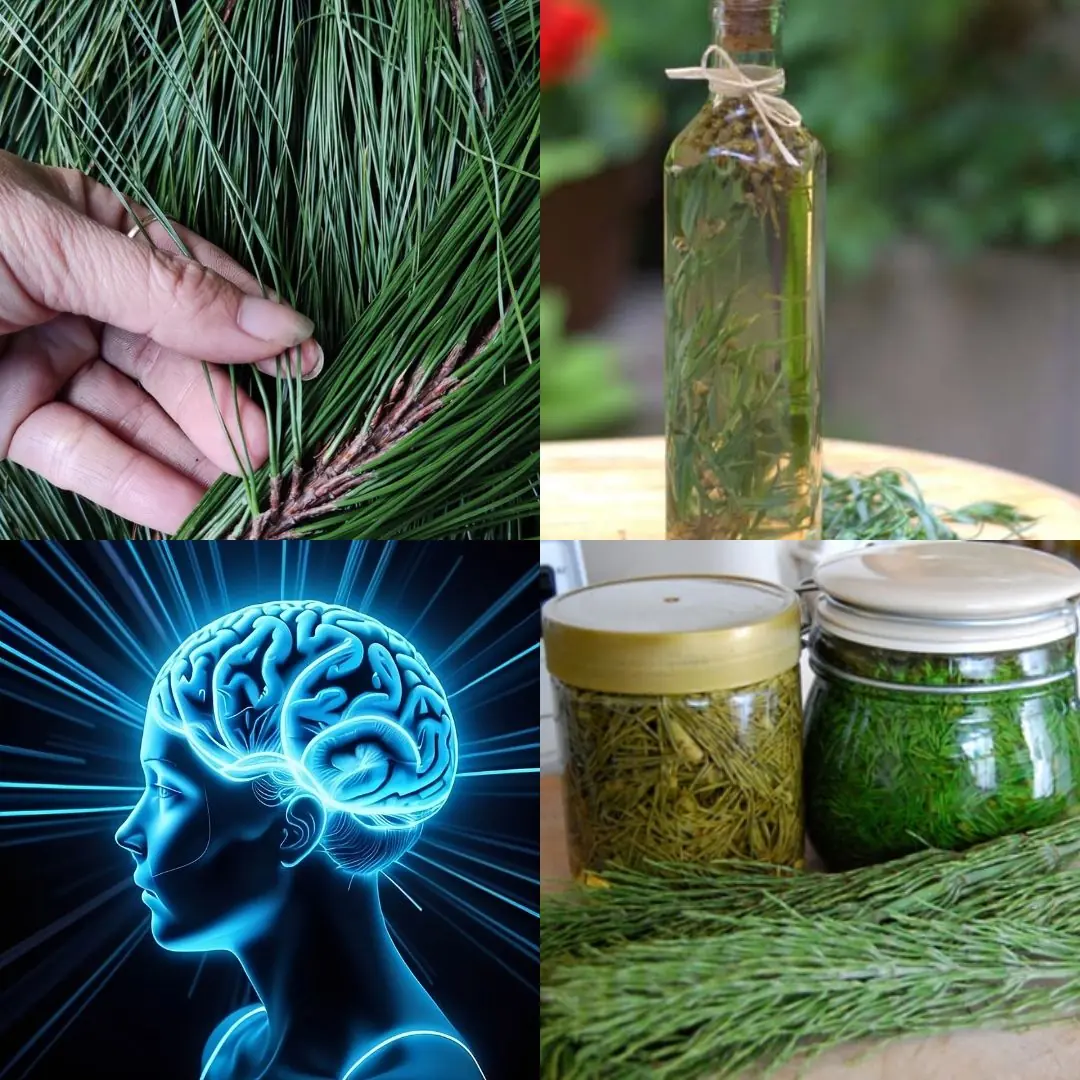
Most people underestimate the power of pine needle sprite (better than you think)

A Rare Alignment of 7 Planets Is Taking Place in The Sky This Week

The World’s Oldest Bridge Is Still In Use, and You Can See It In Greece

Austria: 33 Interesting Facts You Might Not Know

The tiny round hole on your nail clipper has a real job — and a few clever (safe) extras

Pork skin: the cheap cut many people discard — and how to use it wisely for nutrition and safety

15 Interesting Travel Facts You May Not Know About Italy

Boiled sweet potatoes: don’t use plain water—add a spoon of this for fluffy, deeply sweet results

3 powerful health benefits of using a bidet — plus a bonus for the planet

How to store fresh ginger so it lasts for months (even without a fridge)
